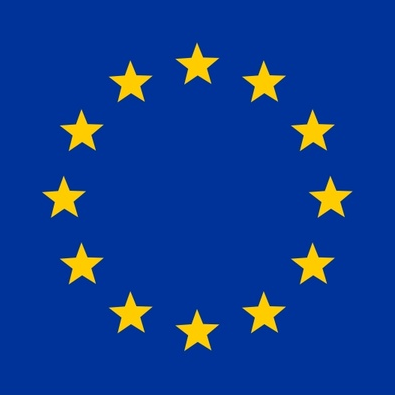
Important Standardisation
Bodies in Lighting
The CIE is a technical, scientific and cultural non-profit organization, that provides an international forum for the discussion of all matters relating to the science, technology and art in the fields of light and lighting and for the interchange of information in these fields between countries and develops basic standards and procedures of metrology in the fields of light and lighting.
CIE 018 The Basis of Physical Photometry
CIE 025 Test Method for LED lamps, LED luminaires and LED Modules
CIE 117 Technical Report Discomfort Glare in Interior Lighting
CIE S 009 Photobiological safety of lamps and lamp systems
CIE 239 Goniospectroradiometry of Optical Radiation Sources
IEC is the world’s leading organization that prepares and publishes International Standards for all electrical, electronic and related technologies. Close to 20 000 experts from industry, commerce, government, test and research labs, academia and consumer groups participate in IEC Standardization work.
IEC 61547 -1 Equipment for General Lighting Purposes; – EMC Immunity Requirements, – PArt 1: An Objective Light Flickermeter and Voltage Immunity Test Method
IEC 62471 Photobiological safety of lamps and lamp systems
Established in 1906, the IESNA is the recognized technical and educational authority on illumination. For over 100 years its objective has been to communicate information on all aspects of good lighting practice to its members, to the lighting community, and to consumers through a variety of programs, publications, and services. The IES is an accredited Standards Development Organization under American National Standards Institute (ANSI) approved procedures.
TM-15 Backlight, Uplight, and Glare (BUG) Ratings
TM-30 IES Method for Light Source and Color Rendition
LM-79 Electrical and Photometric Measurements of Solid-State Lighting Products
LM-80 IES Approved Method: Measuring Lumen Maintenance of LED Light Sources
CEN/TC 169 is responsible for standards in the field of vision, photometry and colorimetry, involving natural and man-made optical radiation over the UV, the visible and the IR regions of the spectrum, and application subjects covering all usages of light, indoors and outdoors, including environmental, energy and sustainability requirements and aesthetic and non-image forming biological aspects.
EN 62471 Photobiological Safety of Lamps and Lamp Systems
EN 13032 Light and lighting. Measurement and Presentation of Photometric Data of Lamps and Luminaires
EN 12464-1 Light and Lighting. Lighting of Work Places. Indoor Work Places

Other Lighting Links
The European Union issues Regulations, Directives, Decisions and Recommendations. A Regulation is a binding legislative act, whereas Directives are legislative acts that set out goals that all EU countries must achieve. However, it is up to the individual countries to devise their own laws on how to reach these goals. Decisions are binding on those to whom it is addressed (e.g. an EU country or an individual company) and is directly applicable. Recommendations are not binding.
Ecodesign Directive: The ecodesign directive provides consistent EU-wide rules for improving the environmental performance of products, including light sources. The directive sets out minimum mandatory requirements for the energy efficiency and quality of these products.
ENERGY STAR® is the government-backed symbol for energy efficiency, providing simple, credible, and unbiased information that consumers and businesses rely on to make well-informed decisions. Partnership is not mandatory.

